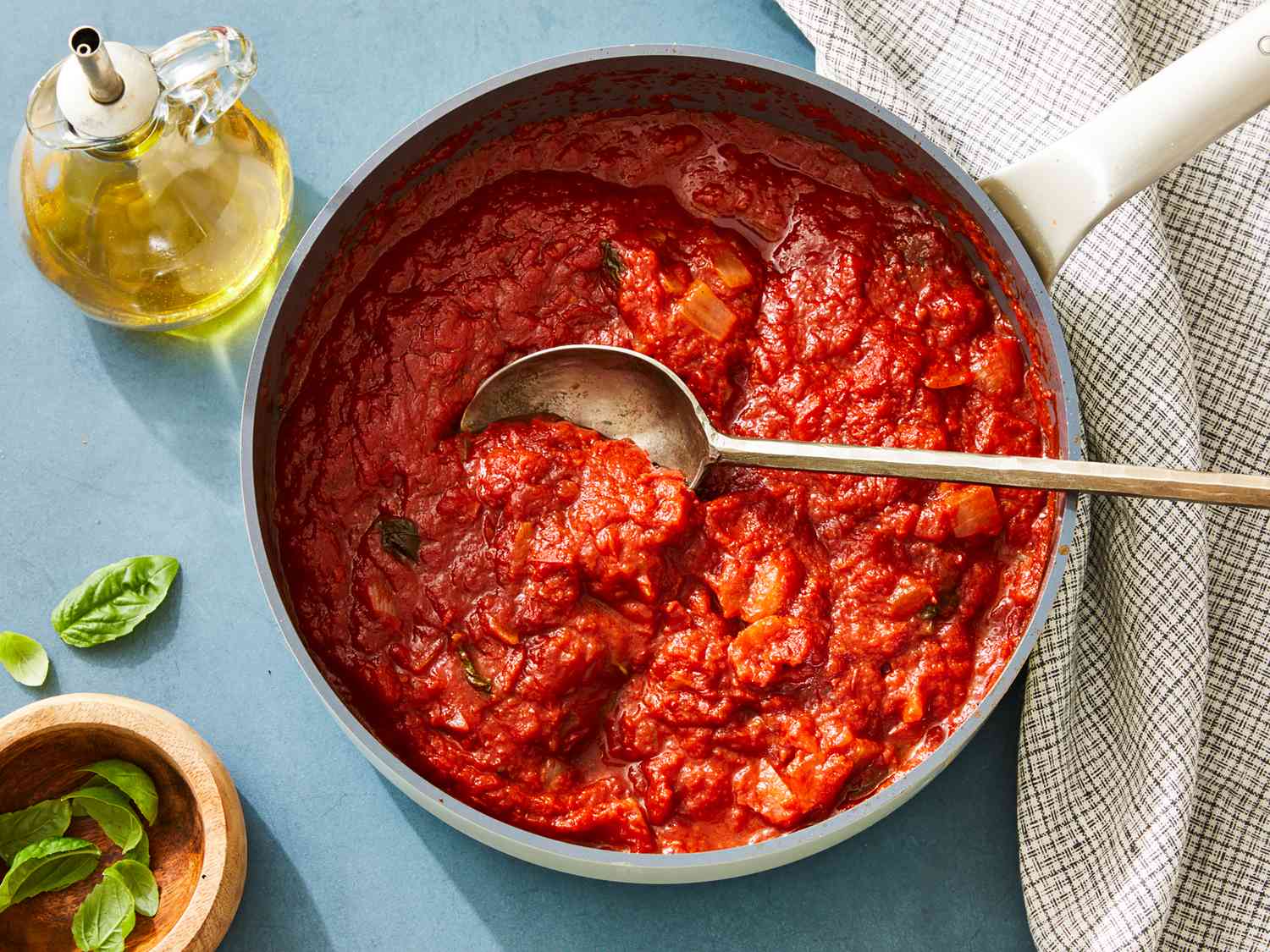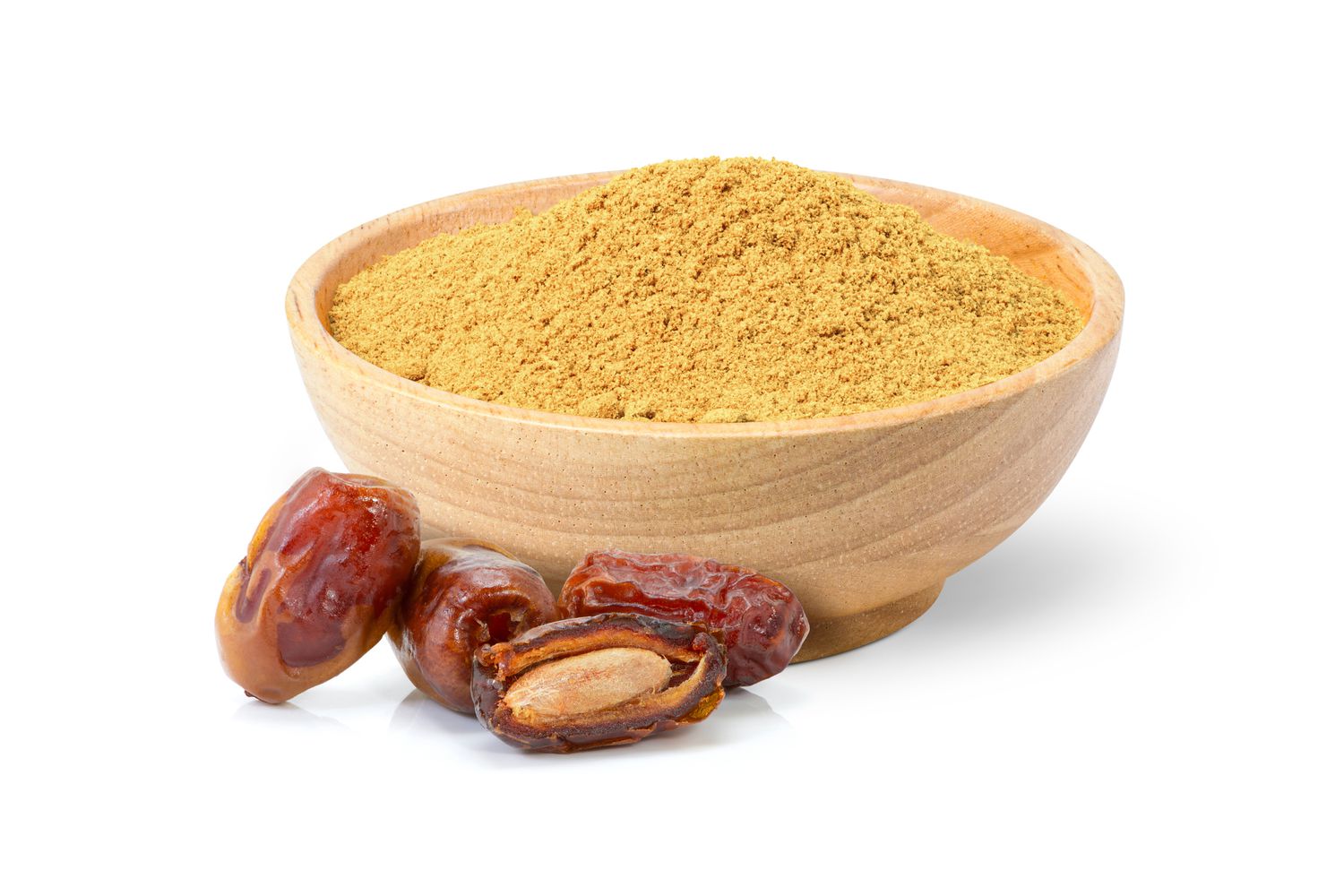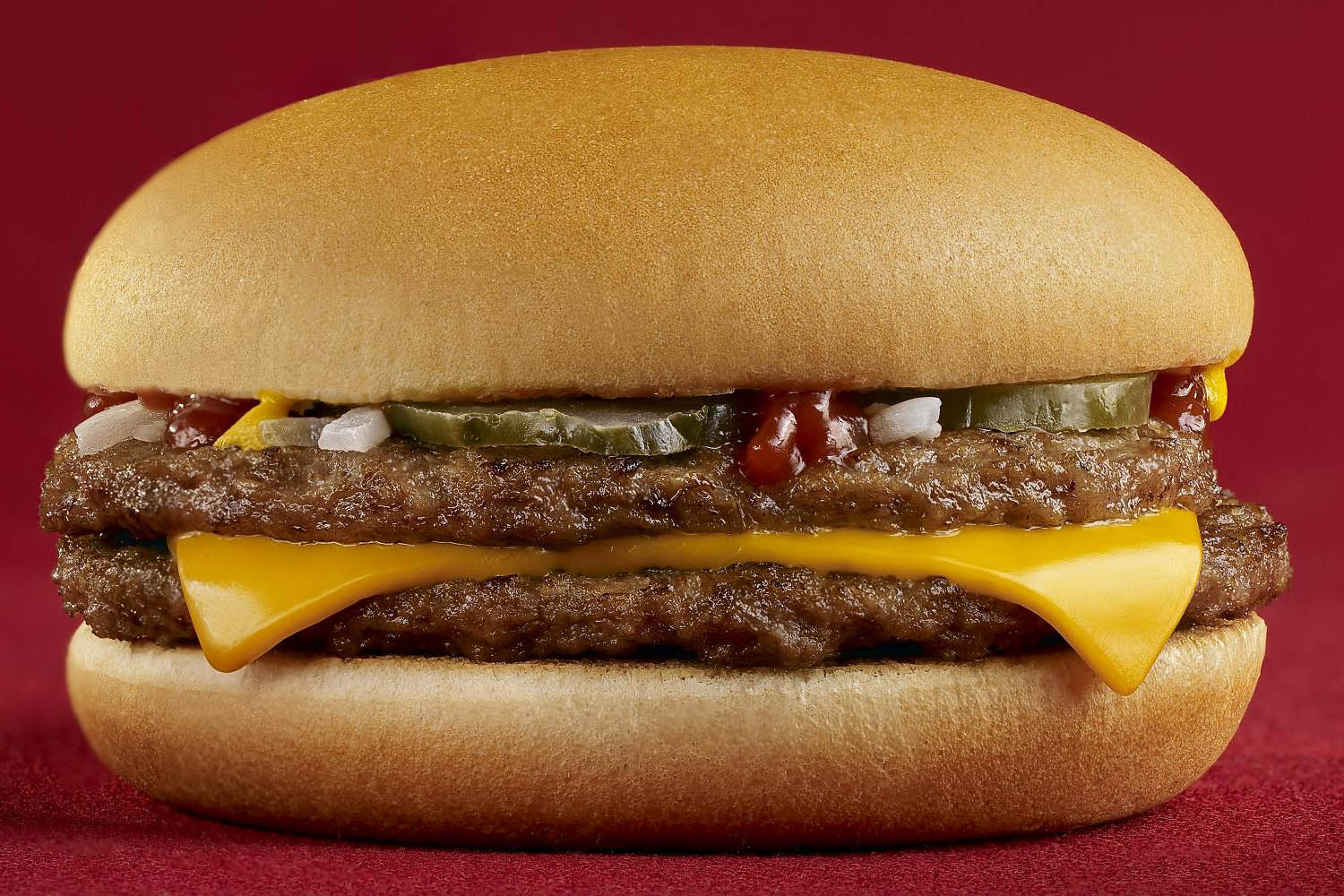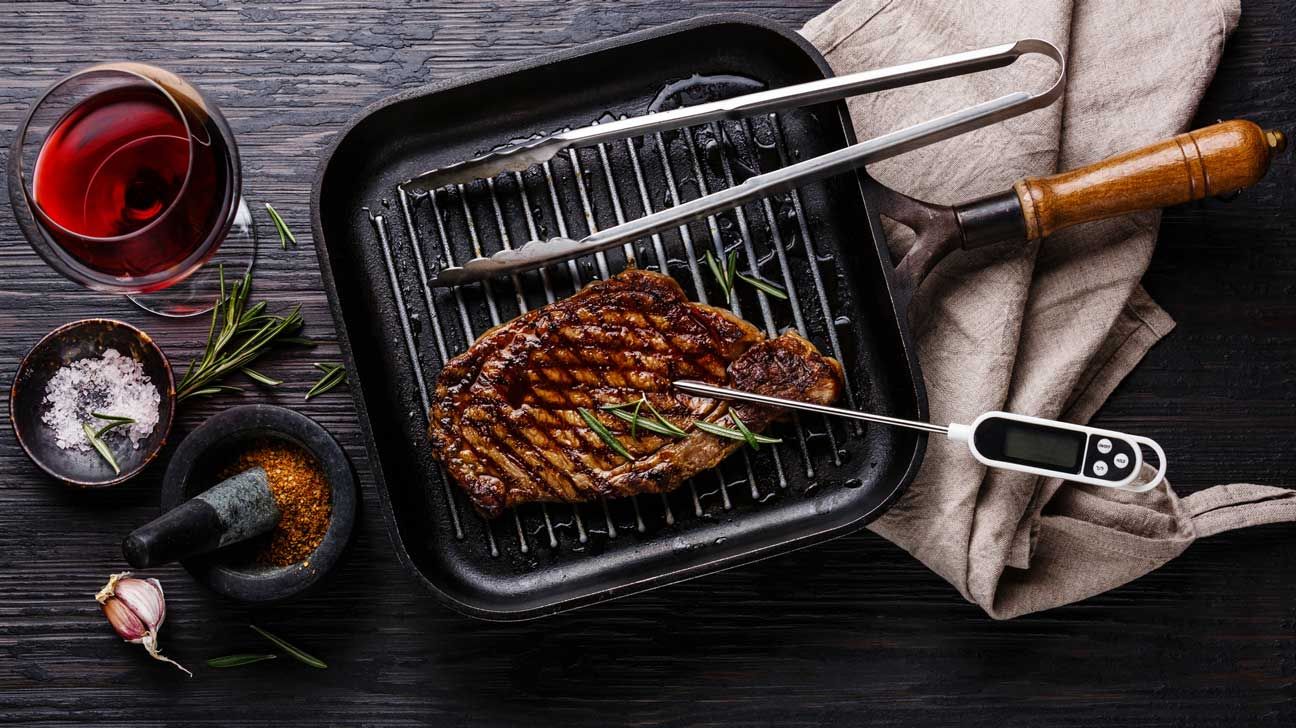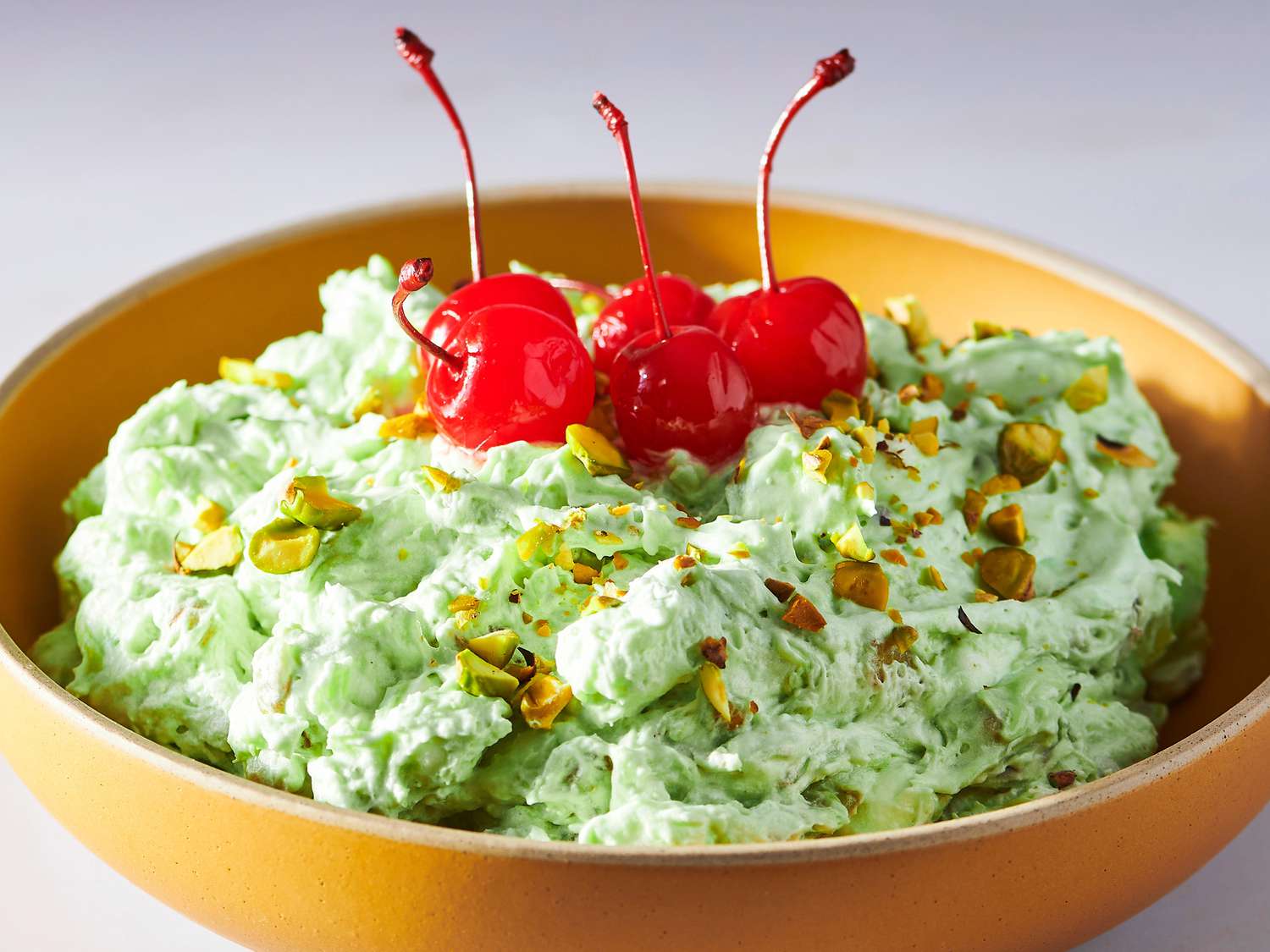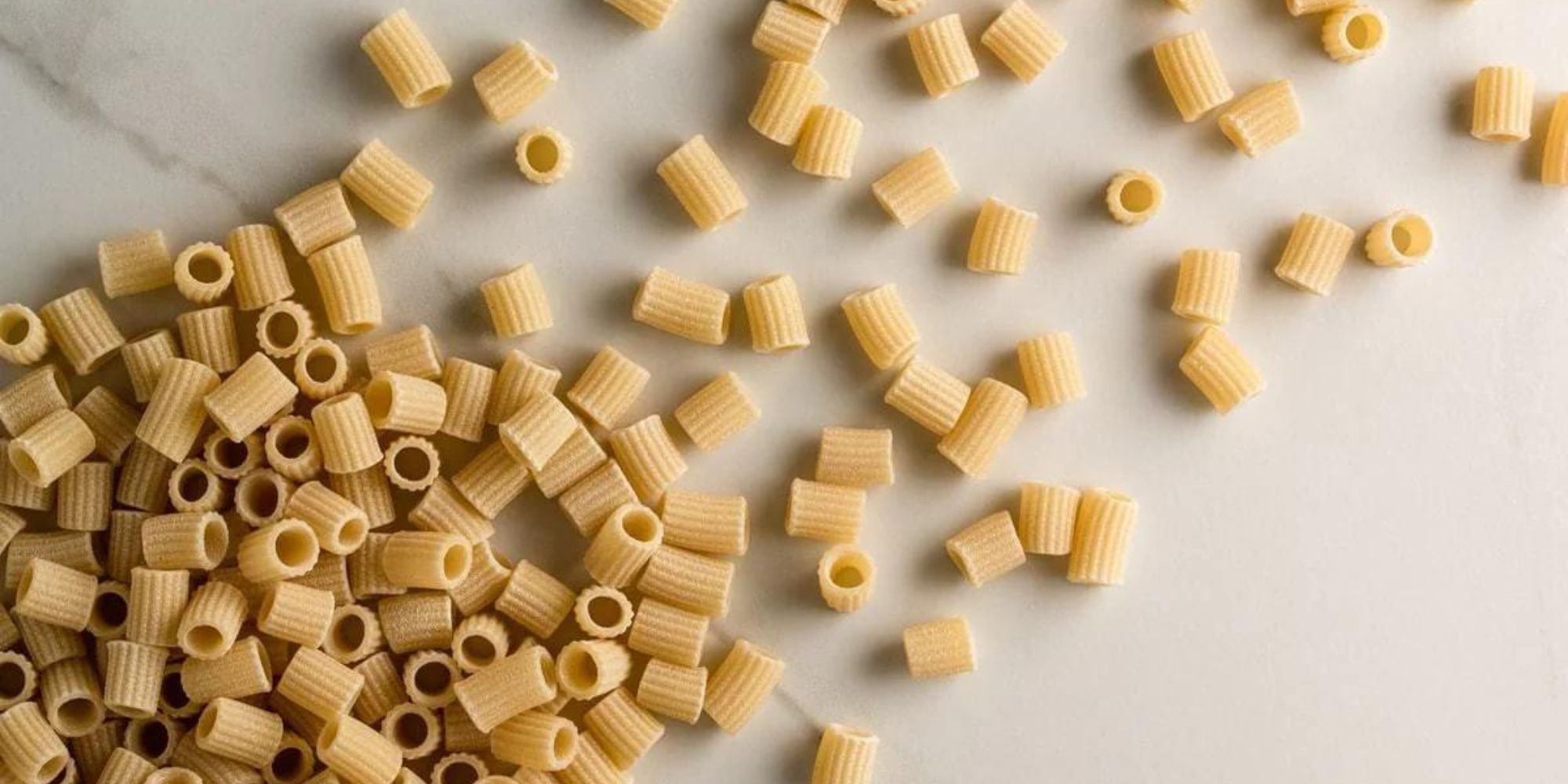Understanding the Shelf Life of Peanut Butter
As a food enthusiast, you may have wondered about the shelf life of peanut butter. Whether you’re a fan of creamy or crunchy, natural or processed, peanut butter is a versatile and delicious spread that can be enjoyed in a variety of ways. But how long can you keep it in your pantry before it goes bad?
Factors Affecting Shelf Life
The shelf life of peanut butter can vary depending on several factors:
- Type of Peanut Butter: Natural peanut butter, which contains only peanuts and sometimes salt, tends to have a shorter shelf life than processed peanut butter, which often includes added preservatives.
- Storage Conditions: Proper storage is crucial for extending the shelf life of peanut butter. Storing it in a cool, dry place away from direct sunlight can help prevent it from spoiling too quickly.
- Contamination: Introducing moisture or using a dirty utensil to scoop out peanut butter can lead to contamination, reducing its shelf life.
Typical Shelf Life
When stored properly, unopened peanut butter can last for several months beyond its “best by” date. Natural peanut butter may last for about 3-6 months, while processed peanut butter can remain safe to eat for up to a year or more. Once opened, the shelf life of peanut butter is reduced due to the potential for oxidation and rancidity.
Signs of Spoilage
It’s important to be able to recognize when peanut butter has gone bad. Some common signs of spoilage include:
- Unpleasant Odor: If your peanut butter smells off or rancid, it’s best to discard it.
- Unusual Texture: Mold growth, a grainy texture, or separation of oil may indicate that the peanut butter is no longer safe to eat.
- Off Flavor: If the taste of the peanut butter is noticeably different from what you’re used to, it’s time to replace it.
Extending Shelf Life
To maximize the shelf life of your peanut butter, consider the following tips:
- Proper Sealing: After each use, make sure to tightly seal the lid of the peanut butter jar to prevent air and moisture from entering.
- Refrigeration: While not necessary, storing natural peanut butter in the refrigerator can help maintain its quality for a longer period.
- Use Clean Utensils: To prevent contamination, always use clean utensils when scooping out peanut butter.
Conclusion
Peanut butter is a pantry staple that can add flavor and nutrition to your meals and snacks. By understanding its shelf life and how to properly store it, you can enjoy this delicious spread while minimizing food waste. Remember to check for signs of spoilage and follow best practices for storage to make the most of your peanut butter.
So, the next time you reach for a jar of peanut butter, you can do so with confidence, knowing that you’re making the most of its shelf life.
Was this page helpful?
Read Next: What Is Pancit?
